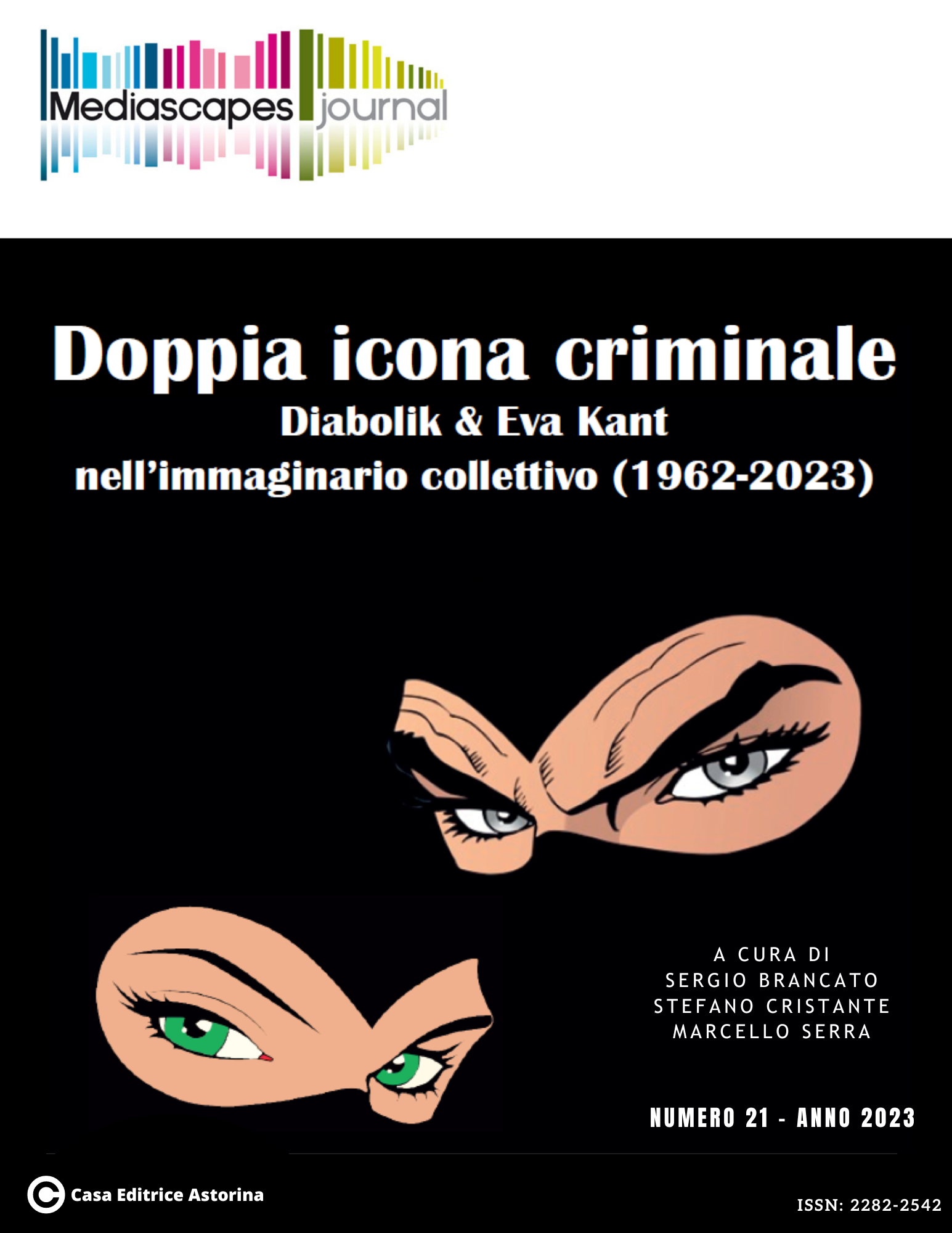Gender Equality in European Netflix TV Series Production
Parole chiave:
Netflix, serie tv, gender equality, segregazione, lavoroAbstract
Understanding gender inequalities and segregation within the Cultural and Creative Industries is an increasingly key issue in contemporary debates at the national and international level. Several researchers have found evidence of strong patterns of segregation in the media industries, both in terms of “verticality” – women’s exclusion from creative and leadership roles – and essentialism – how men and women are usually concentrated in roles that entail the use of skills labelled as “feminine” or “masculine”. Hence, with reference to the verticality issue, women struggle to be included as directors, writers, and producers, and are frequently relegated to coordinating roles such as production manager, casting director, or assistant director. At the same time, with reference to the essentialist account of segregation, we find more women in roles framed as more “caring” and “nurturing”, such as in the make-up and costume department.
This paper is designed as a quantitative analysis of European Netflix TV series production between 2014 and 2019. Its objectives are: (i) to assess the gender gap within the sample; (ii) to analyse differences in the gender composition among departments in the sample; and (iii) to obtain preliminary indications about a possible relation between on-screen content and off-screen composition.
The paper focuses on 81 Netflix productions in ten European countries. Data were scraped from the IMDb database and the analytical sample is composed of 28,607 professionals (34,312 credits). Besides the cast, available data contains information for 28 departments. Each worker’s gender was automatically assigned based on their name, albeit recognising the risks of a gender binary classification scheme, in order to analyse differences in the gender composition among different roles.
Then, a subsample of TV series was isolated, labelled by the literature as relevant for their portrayal of women, gender relations, and for how they represented masculinity and femininity more generally. The paper provides a descriptive exploration of the data, by comparing the gender distribution of cast members and off-screen roles in the overall sample and in the subsample. Results show that in the subsample of TV series deemed to be relevant for their portrayal of gender, among above-the-line professions there is indeed a higher proportion of women directors, writers and producers, meaning that they are no longer male-dominated. However, for below-the-line professions there is evidence of the same pattern of gendered division of labour witnessed in the overall sample.
##submission.downloads##
Pubblicato
Come citare
Fascicolo
Sezione
Licenza

TQuesto lavoro è fornito con la licenza Creative Commons Attribuzione 4.0 Internazionale.
Gli autori che pubblicano su questa rivista accettano le seguenti condizioni:
- Gli autori mantengono i diritti sulla loro opera e cedono alla rivista il diritto di prima pubblicazione dell'opera, contemporaneamente licenziata sotto una Licenza Creative Commons - Attribuzione che permette ad altri di condividere l'opera indicando la paternità intellettuale e la prima pubblicazione su questa rivista.
- Gli autori possono aderire ad altri accordi di licenza non esclusiva per la distribuzione della versione dell'opera pubblicata (es. depositarla in un archivio istituzionale o pubblicarla in una monografia), a patto di indicare che la prima pubblicazione è avvenuta su questa rivista.
- Gli autori possono diffondere la loro opera online (es. in repository istituzionali o nel loro sito web) prima e durante il processo di submission, poiché può portare a scambi produttivi e aumentare le citazioni dell'opera pubblicata (Vedi The Effect of Open Access).


